Industry-Sponsored Student Capstone Projects
2022/2023
In the 2022/23 academic year the industry capstone program was supported by 56 sponsors and 99 real-world projects. Nearly five hundred and fifty students from across the College of Engineering participated. Scroll down to learn more about each project.Access Laser
An Optoelectronic Closed-Loop Control System for RF Amplifiers
This student team worked to design and implement a closed-loop control system that detects presence of an optical signal and monitors Voltage Standing Wave Ratio (VSWR) during the plasma initiation inside a laser. The generated control signals were intended to be used to appropriately control the Radio Frequency (RF) Amplifier driving the laser. The team worked to create a system control, including an optical detector module and a in-line VSWR detector module. Through this project, students set out to learn about RF circuits, PCB design, electronic component selection, design for EMC, and design for manufacturability among other topics.
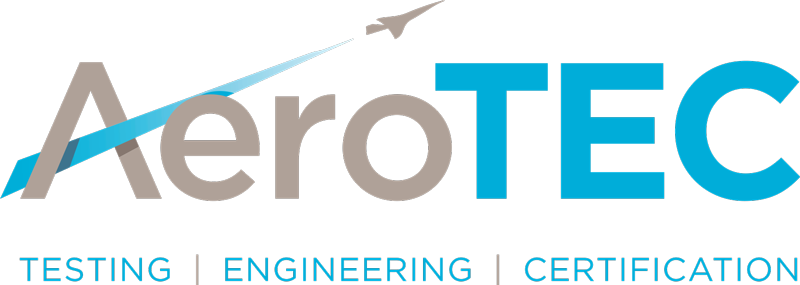
AeroTEC
UAV Flight Test Development
The purpose of this project was for the student team to attempt to develop a program and capabilities that will allow future students to test designs in a controlled environment using industry standard best practices. Referring to work completed in past Aeronautics and Astronautics capstone projects, this student team worked to identify two of the most well-developed supersonic and highly efficient structural aircraft for additional research and development in the areas of modeling, simulation, data acquisition and telemetry systems. This student team also sought to develop a testing program that trains new engineers in flight testing principles and will work to develop a testing site allowing for beyond line of sight UAV flight testing.
AeroVironment
Flight Demonstrations of Deployable Multirotor UAVs from the AV Puma LE
This student team attempted to take the hardware design developed from last year and progress it to a flight demonstration using cellular communications.
Airbus
Robotic Fuselage Inspection for Dents and Scratches
Before a fuselage is painted it needs to be inspected for dents and scratches. This is 100% manual today. This student team aimed to investigate a Vision/Laser system if it is on the market or invent a new one to be able to identify and capture images of any surface defamation. Additionally, this student team sought to investigate how a vision system detects defamation on the surface of a fuselage skin. The outcome this student team worked toward is thorough research on vision/laser technology related to fuselage inspection.
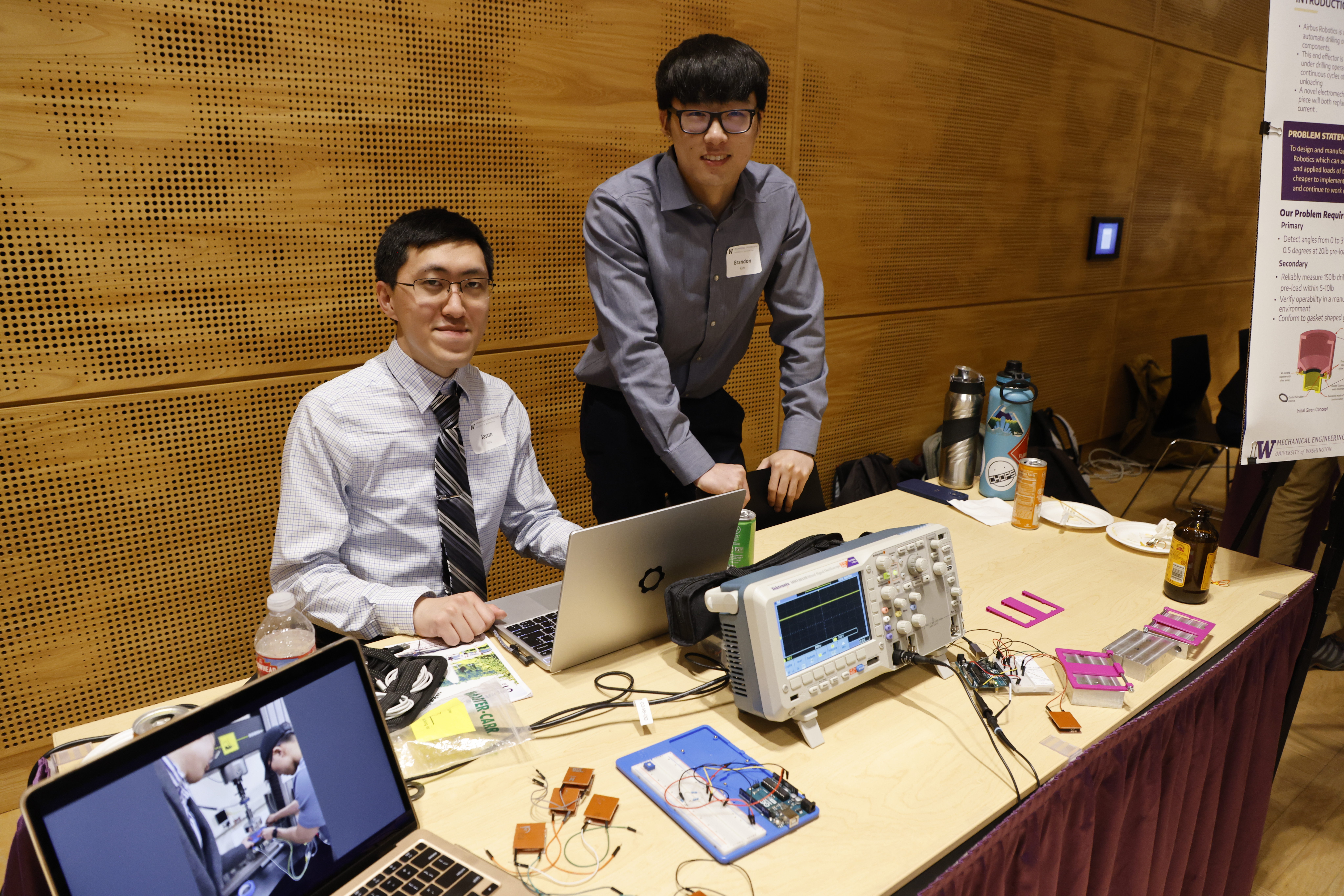
Airbus
Tactile Nosepiece Assembly
Many of Airbus Robotics' robots use nose pieces on drilling end effectors to normalize to the surface of a panel. This approach may be more robust and less expensive than their existing technology. This student team worked to build a functioning prototype of the device. This student team also worked to collect and assess data on the performance of a nose piece relative to a flat plate (Aluminum plate is okay) and to conduct research on technology necessary to improve the performance of the device -> resolution and range. This student team also sought to simulate the integration of the technology onto a drilling robotic end effector platform (Airbus Robotics provided details for the end effector).

Amazon
Device Movement Detection
Amazon Lab126 is an American research and development and computer hardware company owned by Amazon.com. It was founded in 2004 by Gregg Zehr, previously Vice President of Hardware Engineering at Palm, and is based in Sunnyvale, California. Consumer radars are enabling wireless based sensing applications for smarthome. Certain radar applications rely on fixed device placement to function properly. For example, locating movements of subject with respect to the map of customer environment. Fixing the devices (i.e. wall mount) is not always an option. A method to detect the device has been moved and no longer "looking" at the same scene is required to notify user to take corrective actions. Otherwise, there will be missing data or false alarms that lead to poor customer experience. While this may be achievable with other sensors, there is a desire to minimize cost to solve this with radar itself. This student team sought to deliver a signal processing based software module that can output if the device has been moved out of its original position and orientation.

Amazon
IoT Position Application for In-home Robots
Amazon Lab126 is an American research and development and computer hardware company owned by Amazon.com. It was founded in 2004 by Gregg Zehr, previously Vice President of Hardware Engineering at Palm, and is based in Sunnyvale, California. With home robots (such as iRobot Roomba or Amazon Astro) becoming more commonplace in our households, there is potential to utilize their mobility and connectivity to solve problems in IoT localization. This enables use-cases such as finding lost devices and performing location-based actions on IoT devices. The main aim of the project is to predict the location of the IoT device using RSSI values that would be collected earlier during the radio map construction and route the robot to that location via the best possible route. This student team worked to develop a IoT localization algorithm that can locate an IoT device and reach to it via best route within an accuracy of +-10 cm. Moreover, the algorithm had to be generalizable to different homes and environments.

Amazon
Mixed Precision Block QR Implementation on GPU
Amazon Lab126 is an American research and development and computer hardware company owned by Amazon.com. It was founded in 2004 by Gregg Zehr, previously Vice President of Hardware Engineering at Palm, and is based in Sunnyvale, California. QR factorization is extremely powerful way to factorize a matrix into orthogoal matrix Q and upper triangle matrix R. One powerful use of it is in solving non linear systems. The drawback of this algorithm is compute complexity and thereby making it difficult to use for real time applications like robotics. This student team attempted to implement a fast version of this algorithm called mixed precision QR. In this implementation all matrix multiplication are performed in half precision and remaining operations like norm calculation and scalar calculations in single precision. Implementation used the GPU's half precision data type for the matrix multiplications and single precision for remaining operations. This student team worked to create mixed precision implementation of Tiled QR algorithms in Cpp running on x86 and mixed precision implementation of above on CUDA running on Nvidia GPU. This student team also sought to establish performance and accuracy results of the above mentioned implementations.

Amazon
Neural Architecture Design for Human Classification
Amazon Lab126 is an American research and development and computer hardware company owned by Amazon.com. It was founded in 2004 by Gregg Zehr, previously Vice President of Hardware Engineering at Palm, and is based in Sunnyvale, California. Deep neural networks trained on Imagenet like Resnet and MobileNetV2 are capable of detecting 1000 classes. However for practical usage, only a handful of classes are required to detect. For example for security cameras only human detection is required. This student team sought to find a network, including building a new model architecture, that shows best detection accuracy for detection of Humans. A key performance indicator was how much reduction of model size and compute measured in FLOPs. Advanced techniques for quantizing, clustering, and pruning (if used) would be a huge plus. Also performance numbers measured on edge device like Raspberry Pi would also be a plus.

AvtechTyee
Flight Crew Audio SoundSpace
The focus of this project was on the Flight Crew Audio Soundspace. This student team worked to create private sound fields at the Captain and First Officer nominal head positions capable of replacing the headsets normally worn by the flight crew during normal flight operations using networked microphones and ultrasonic drivers improving pilot comfort in a noisy environment. This is a targeted sound space and not the full cockpit. As an outcome of this project, this student team attempted to create hardware and software demonstrating stated performance.

AvtechTyee
Smart Design Database
AvTechTyee currently designs every new tie rod from scratch making every part of it unique. AvTechTyee currently uses a 50+ year old parts catalog to see if they have a similar rod that has been qualified and approved. This student team worked to create a smart database for which AvTechTyee would enter specific and critical parameters and get a return on if there is currently a rod that is similar. This student team also aimed to take these parameters and have the database output them into an Excel file that feeds into AvTechTyee's CAD and FEA packages to output models and simulations with little to no human intervention.

Boeing
Analyzing Airplane System and Security Logs for Context Awareness
Modern e-Enabled Airplanes and Ground Support systems and their associated sub-systems produce high volumes of log data. How can Boeing better automate and conduct data extraction relating to a sequence events, and automate identification and add context to the analysis of anomalous cyber events in operator airplane log files? Project outcomes this student team worked toward include: • Concept of operations and initial systems description • Trade study plan to iterate to best configuration • Development of Context Aware prototype to enhance Airplane Security Log File event profiles and analysis. Interim deliverables this student team worked toward include: • Bi-weekly meetings on progress and lessons learned • Preliminary Design Review material Final Deliverables • Final technical report which shall present the design of the Context Aware system clearly and concisely; it shall cover all relevant aspects, features, and disciplines. Pertinent analyses and studies supporting design choices shall be documented.

Boeing
MBSE Threat Trees
This student team sought to create a framework for cybersecurity Threat Trees (Attack Trees) in the Boeing MBSE Environment. The framework related the Threat Trees to SysML model elements such as Fault Tree objects, structural blocks, and system behavior (which will be provided by Boeing). The Threat Trees aimed to establish qualitative ranges, in rough quantitative terms, to help determine likelihoods and assurance levels. The intended outcomes for this project included: 1) Identify and customize a graphical front-end a. Used to create Threat Trees for Cyber-Physical avionics systems, needs to be simple and flexible b. Create custom Threat Tree symbols and add Properties to support the framework c. Properties must support rough quantitative assessments using basic risk assessment methods d. Properties must support integration of Security Assessment with Safety Analyses (fault trees) 2) Create Cameo macro (Python) to parse the Threat Trees (which are presumably exported to xml) and build Cameo Generic Tables containing Threat Tree objects to be used in the framework 3) Create the Risk Assessment framework for threat tree objects in SysML and Python. The framework must be capable of relating threat conditions to system hazards and fault tree elements, see RTCA DO-356. There is some design freedom, but the framework should be adaptable to various avionics systems, and is expected to include proper SysML relationships, SysML diagrams, and Cameo dependency matrices. 4) Create a demonstration project which uses the framework. The demo should be based on a simple aircraft function which uses an ARINC 664 network. The demonstration must show end-to-end capabilities of the framework (threat tree creation to system hazards, structure, and fault trees). 5) Present the demonstration and project summary to Boeing Cybersecurity team members, ARINC 664 network team members, Avionics team members, Boeing Fellows, and associated managers.
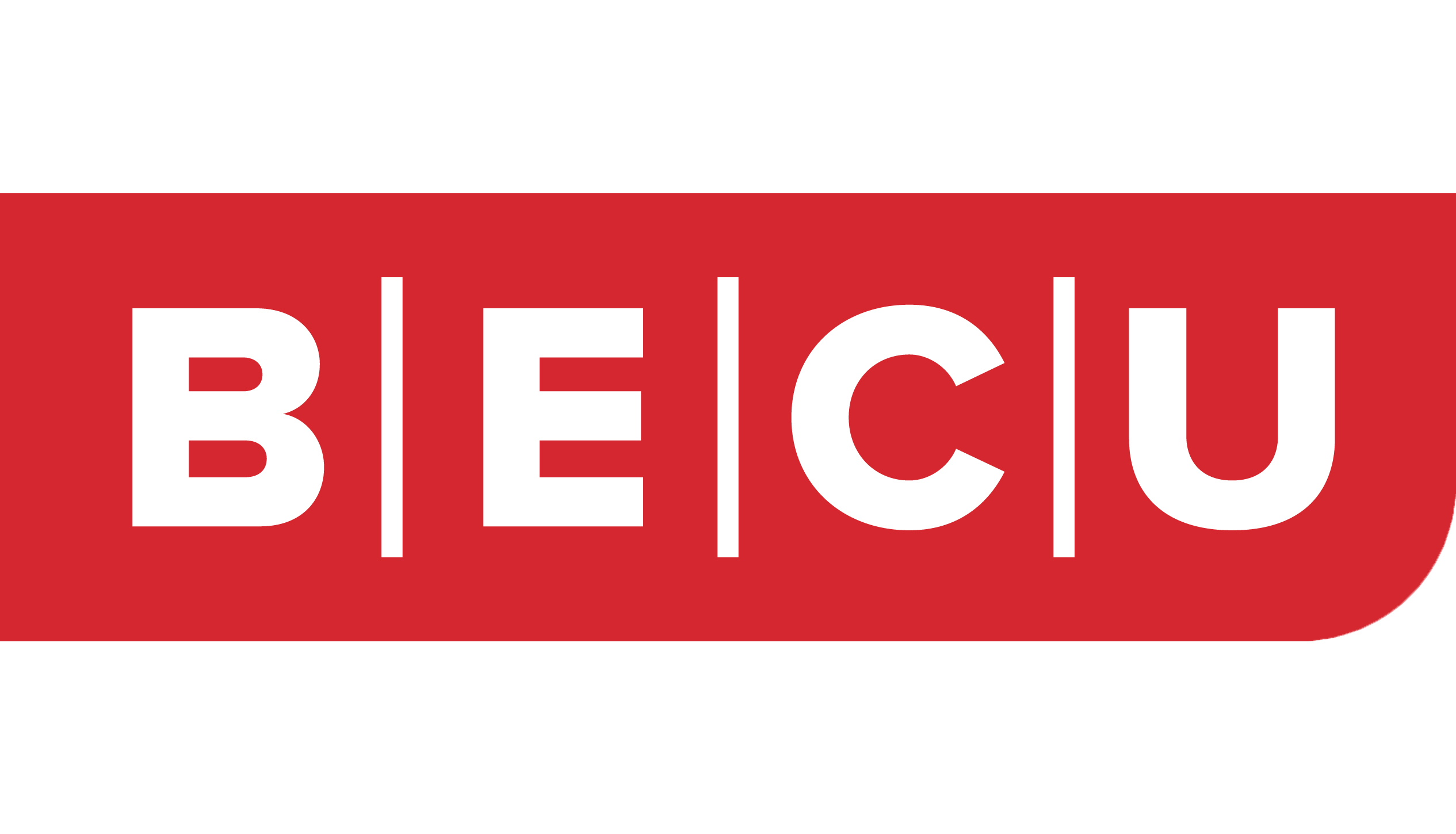
Boeing Employees' Credit Union (BECU)
How to Play Nice in the Sandbox
Cybersecurity researchers use sandboxes to run suspicious code from unknown attachments and URLs and observe its behavior. This student team attempted to build a sandbox for testing, malware detonation, and testing of a variety of security tools. The sandbox’ capabilities would need to handle “detonations” and testing in a variety of security environments – to include on-premise networks; co-located networks, and an Azure Cloud environment. The motivation behind such a project is to get out in front of the various exploits and malware that are currently being seen around financial institutions, along with utilizing current threat intelligence through the new tool/environment. Additionally Digital Forensic Tools would be readily available to perform investigative work on the data/artifacts. The desired outcome was to have a fully functioning sandbox ecosystem (to include documentation) so that BECU cyber staff will be able to effectively and safely denote malware and analyze various malware and threats they encounter every day. This was also intended to include a design that will provide an integration between threat intelligence that BECU ingests, and incorporate the se of Artificial Intelligence/Machine Learning (specific capabilities to be named later), to help BECU build a predictive model. The new sandbox environments ideally would include a variety of (open source) investigative and forensic analysis tools which could be presented through a GUI portal.
Clallam County Sheriff’s Office, Emergency Management
Power for a Resilient Fairchild Airport
Fairchild Airport (CLM) in Port Angeles is the federal staging area for disaster relief on the Olympic Peninsula after a catastrophic regional event. The emergency management division of the Clallam County Sheriff’s office sees great need for a more resilient Fairchild Airport (CLM). Approximately $1 billion of FAA funding is available annually through the Airport Terminal Program (ATP) to address aging infrastructure in terminals and control towers, and to reduce greenhouse gas emissions, promote energy efficiency, and increase climate resilience. This student team worked to create a renewable solar/storage microgrid that would allow the terminal and control tower to remain operational during extended power outages. As a second phase of the project, the student team worked to support the goals of the FAA ATP funding guidelines, but be flexible enough to accommodate an emergency operations center using engineering design and analysis. This student team worked to build off of prior analysis staff at the Washington Clean Energy Testbeds have performed for the Snohomish County PUD Arlington microgrid. Microgrids are a growing area for engineering design. An advisory group helped guide the technical and community elements of all three microgrid projects on the Olympic Peninsula. Desired outcomes the student team worked towards included a final engineering report that: (1) Describes the context for the study, including a statement of the resiliency goals and metrics that align the FAA funding opportunity and community input, and the data sources available for estimating the electrical loads, solar and wind energy potential of the site, and other environmental factors (site hazards, fuel availability, etc.) (2) Aligns FAA requirements with community priorities and engineering principles to determine microgrid infrastructure needs and costs to support the highest priority loads under several discrete operational scenarios, for example, outages occurring in summer vs winter, and for islanded operation of days, weeks, or months (following a catastrophic disaster). (3) Detailed technoeconomic analysis of the base case design, including engineering drawing, component lists and pricing estimates, with performance of the design evaluated using real-time digital simulation. Highlight design features that allow flexible expansion of the microgrid capabilities for a future EOC at an adjacent site.
Related News
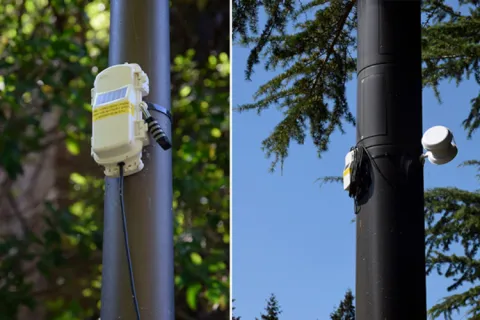
Fri, 09/20/2024 | UW Civil & Environmental Engineering
Smarter irrigation for a greener UW
A new project combines satellite data with ground sensors to conserve water and create a more sustainable campus environment.
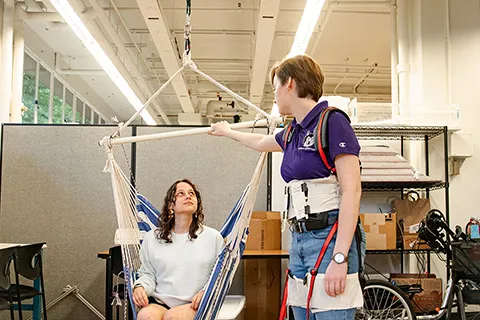
Mon, 09/09/2024 | UW Mechanical Engineering
Testing an in-home mobility system
Through innovative capstone projects, engineering students worked with community members on an adaptable mobility system.
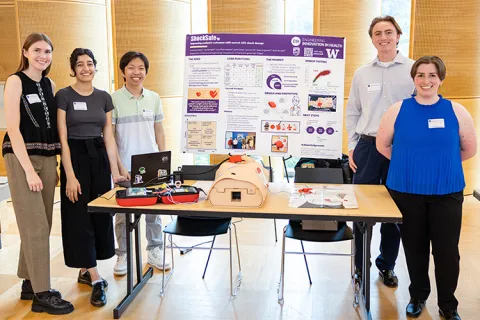
Mon, 08/19/2024 | UW Mechanical Engineering
Students strive to ensure accurate AED shock dosage
ShockSafe, developed by students with the help of mentors from Philips and Engineering Innovation in Health (EIH), can distinguish between children and adults during cardiac arrest emergencies.

Wed, 08/07/2024 | Snohomish County News
Snohomish County, University of Washington partnership boosts efficiency in enterprise scanning center
UW Industrial and Systems Engineering Capstone Project set to save Snohomish County over $40,000 annually.